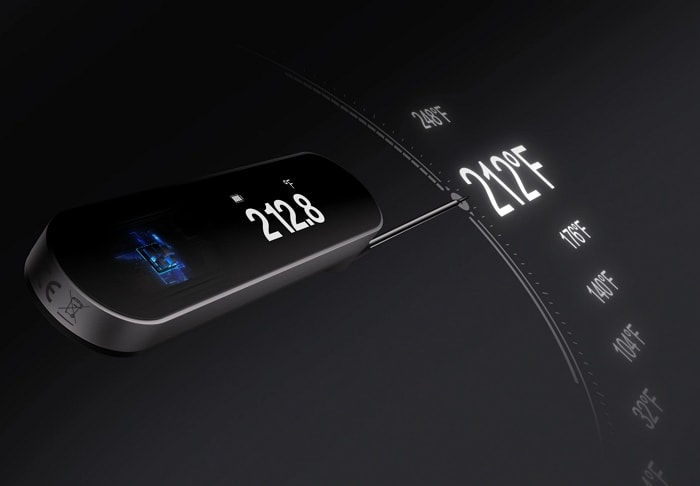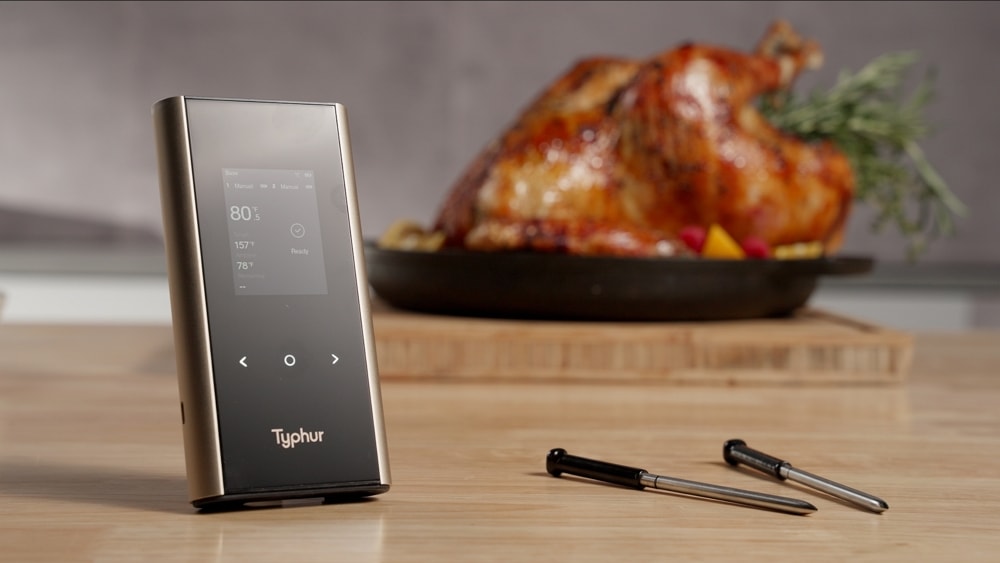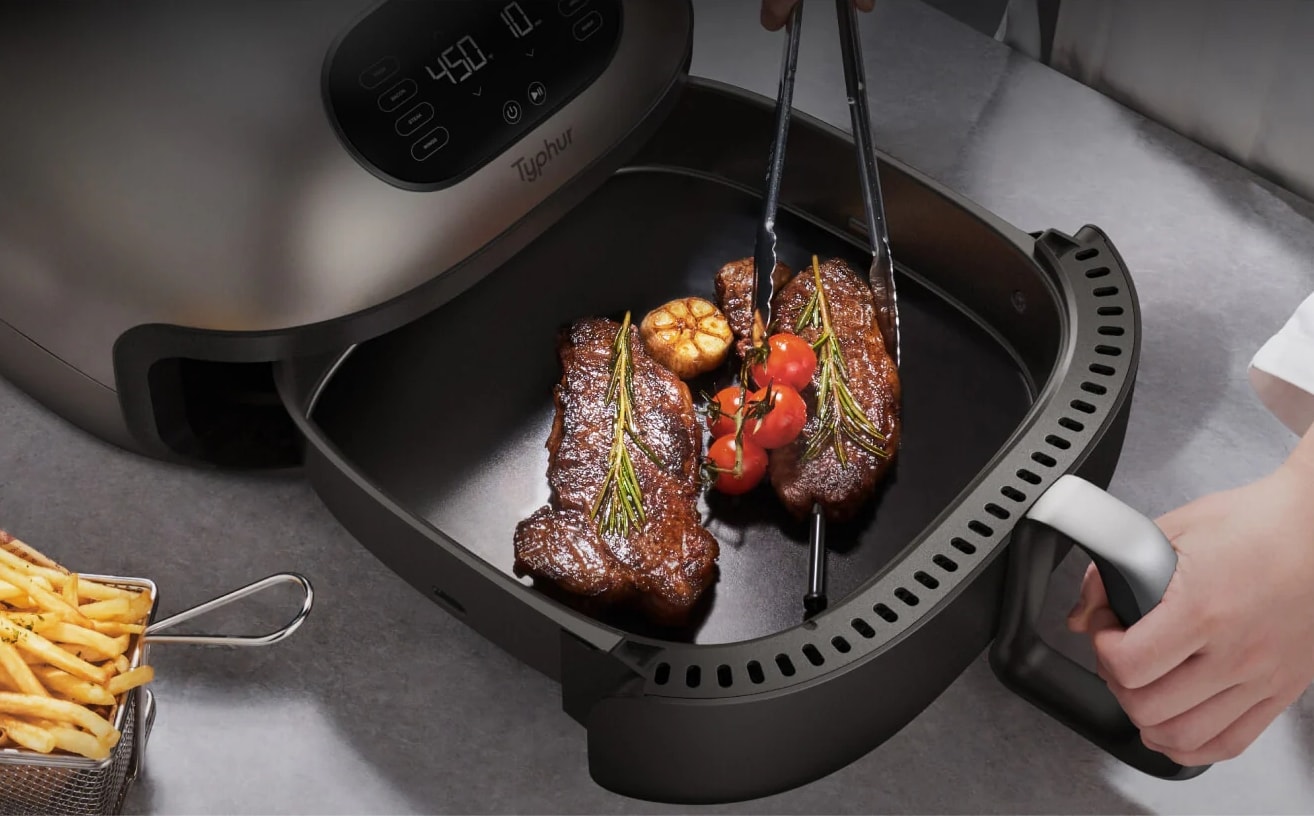
Few things disrupt the flow of a perfect cook like a sudden loss of connection. You’re midway through a low-and-slow smoke or a precise roast, and your Typhur wireless meat thermometer unexpectedly disconnects. Frustrating? Absolutely. But solvable? Without a doubt.
This guide walks you through the most common causes of disconnection, and how to resolve them quickly so that you can get back to cooking with confidence.
Common Causes of Disconnection
Typhur Sync probes are designed for accuracy and range, but like any wireless tool, they can occasionally face environmental or physical challenges. The most frequent causes include:
- Residue or grime on the probe or Smart Base
- Bluetooth interference
- Signal obstruction from cooking utensils or foil
- Distance between the probe and the Smart Base
Troubleshooting Typhur Wireless Probes Disconnection
These are some of the most common, easy fixes for when the Typhur Sync disconnects:
1. Clean the Probe and Smart Base Thoroughly
Residue buildup, especially on the metal probe needle or the Pogo pin charging contact area, can interrupt charging and connection.

- Gently clean the probe, paying special attention to the Pogo pin area. (*A Pogo pin is a small, spring-loaded metal contact that allows the probe to charge by securely connecting it to the Smart Base.)
- Inspect the Smart Base’s Pogo pins, using a flashlight, and remove any grease or food particles.
- After cleaning, recharge the probe for at least 10 minutes and try reconnecting.
If the issue persists, please photograph the probe (focusing on the charging area) and send it to Typhur Support for further analysis.
2. Check for Bluetooth Signal Interference
Wireless signals can be weakened or blocked by:
- Walls, floors, or large furniture between the probe and base
- Metal containers, sealed lids, or heavy-duty cookware
- Other Bluetooth or Wi-Fi devices operating nearby
- Crowded environments (e.g., busy kitchens or outdoor gatherings)
Tip: Move the Smart Base closer to your cooking area and avoid placing it behind metal or concrete surfaces. If you’re unsure, a short video of your setup can help our team offer targeted support.
3. Consider the Impact of Cookware and Foil
Aluminum foil or tightly sealed cookware such as cast-iron pots or metal smokers can block the signal path.
If you’re using:
- A metal smoker, Dutch oven, or closed lid
- Foil wrapped tightly around the meat and probe
Try these adjustments:
- Create a small gap or opening near the probe
- Avoid wrapping the probe completely in foil
If foil is essential, leave a small space for the signal to transmit.
4. Confirm the Probe is Within Effective Range
Even with Typhur Sync Gold’s best-in-class range, of 3,000 feet in open spaces and 700 feet indoors, signal reliability diminishes with distance, especially indoors or when obstructions are present.
- Bring the Smart Base closer to the probe and minimize physical barriers. Frequent disconnection is often the result of the base and probe attempting to reconnect due to excessive separation.
Key Takeaways
If your Typhur wireless probe disconnects while you’re cooking, don’t worry because most issues are simple to fix. Here’s what to remember:
- Clean both the probe and Smart Base regularly
- Minimize signal interference from walls, devices, heavy duty cookware, and metal
- Avoid wrapping the probe completely in foil
- Maintain a clear line of sight and stay within Bluetooth range
With proper care and setup, your Typhur Sync probes will deliver consistent, reliable performance, helping you cook smarter, every time.
Still need assistance? Reach out to our U.S.-based support team. We’re here to help!




